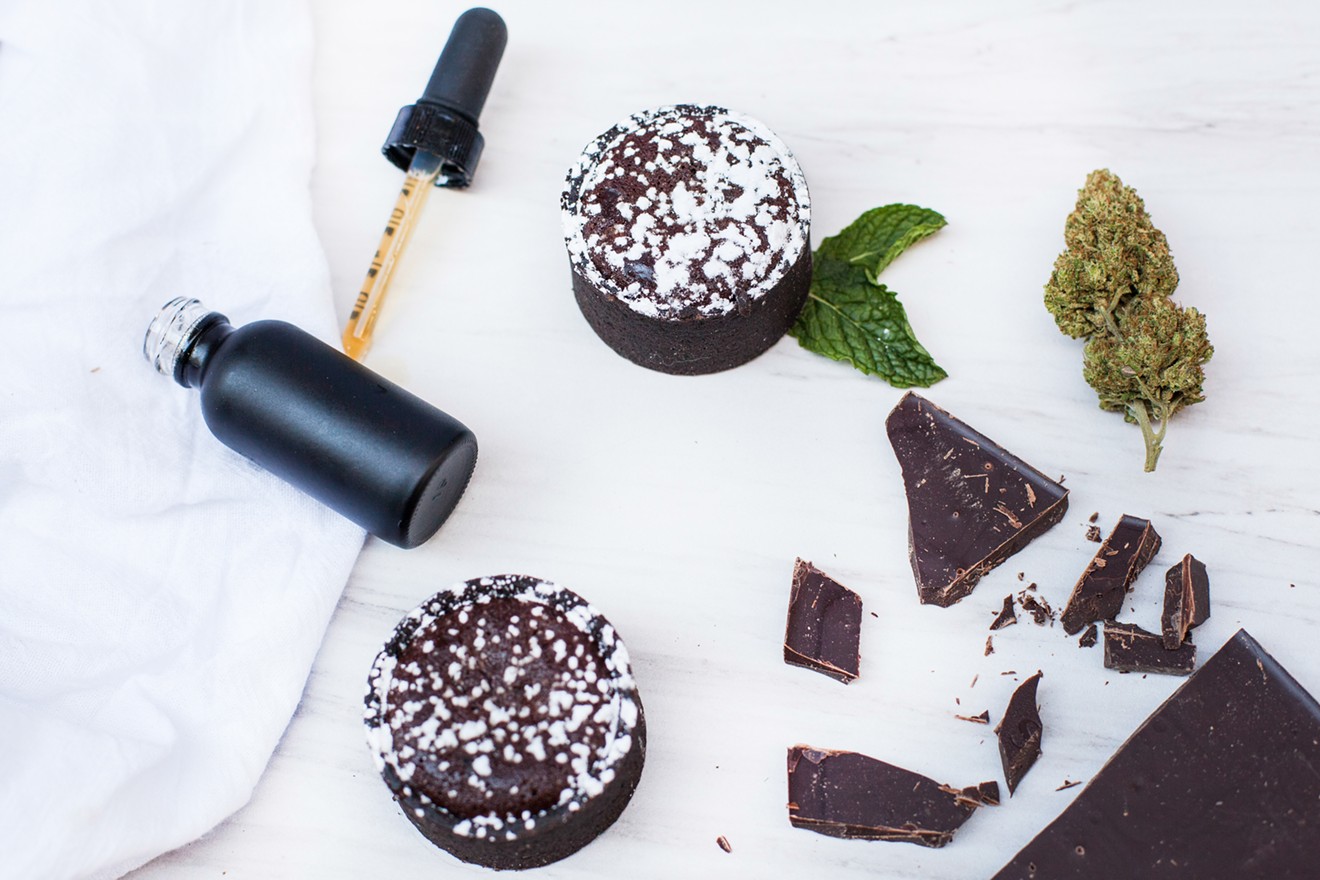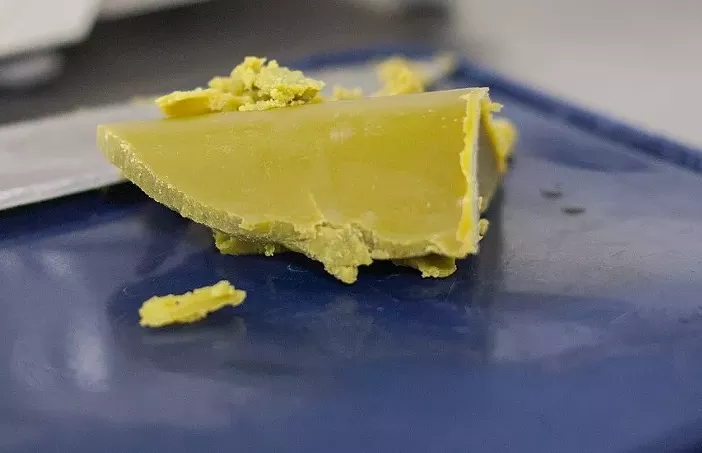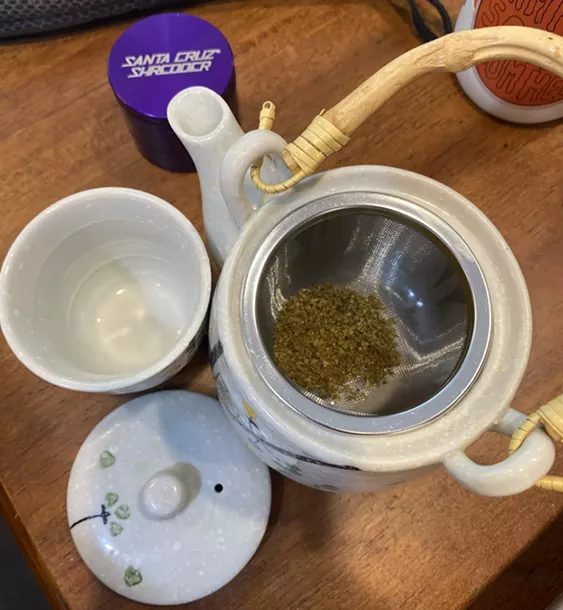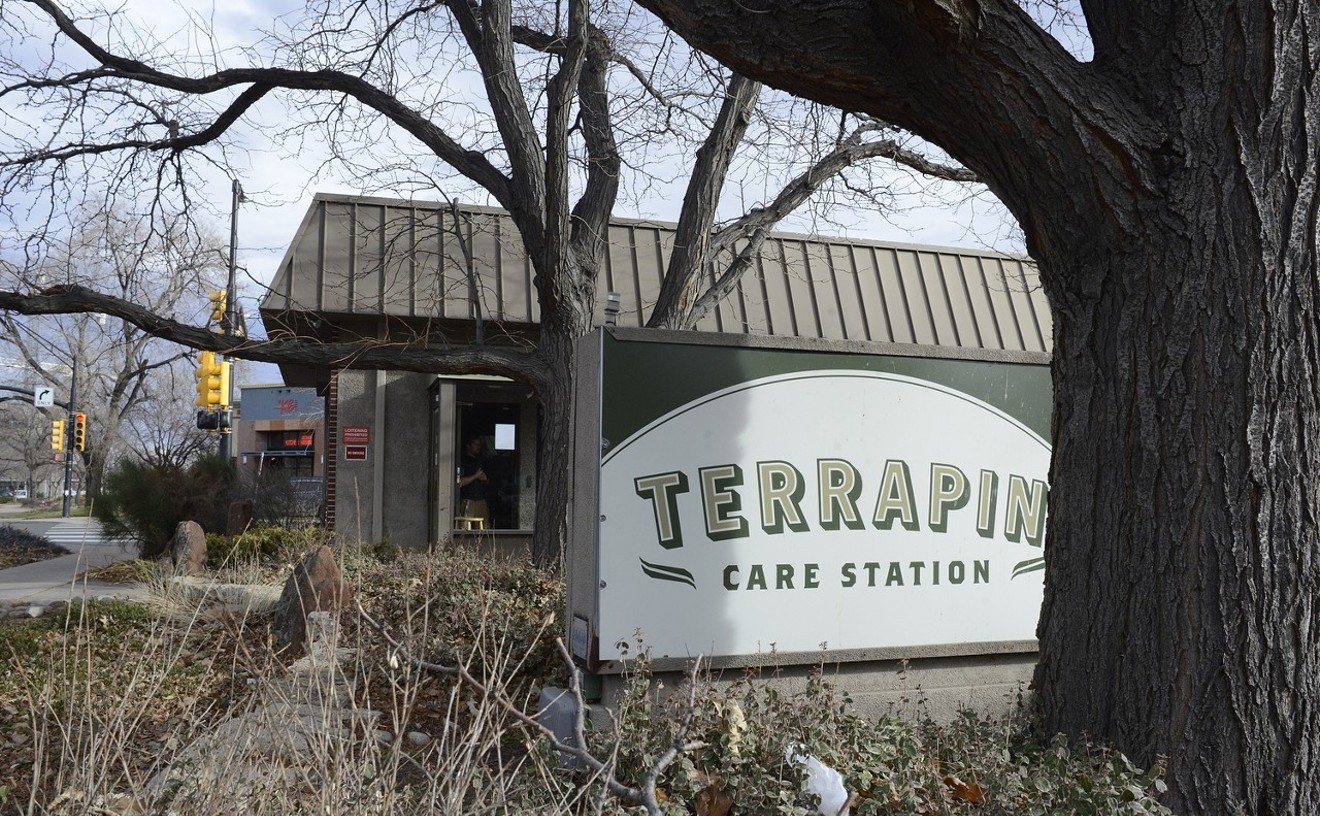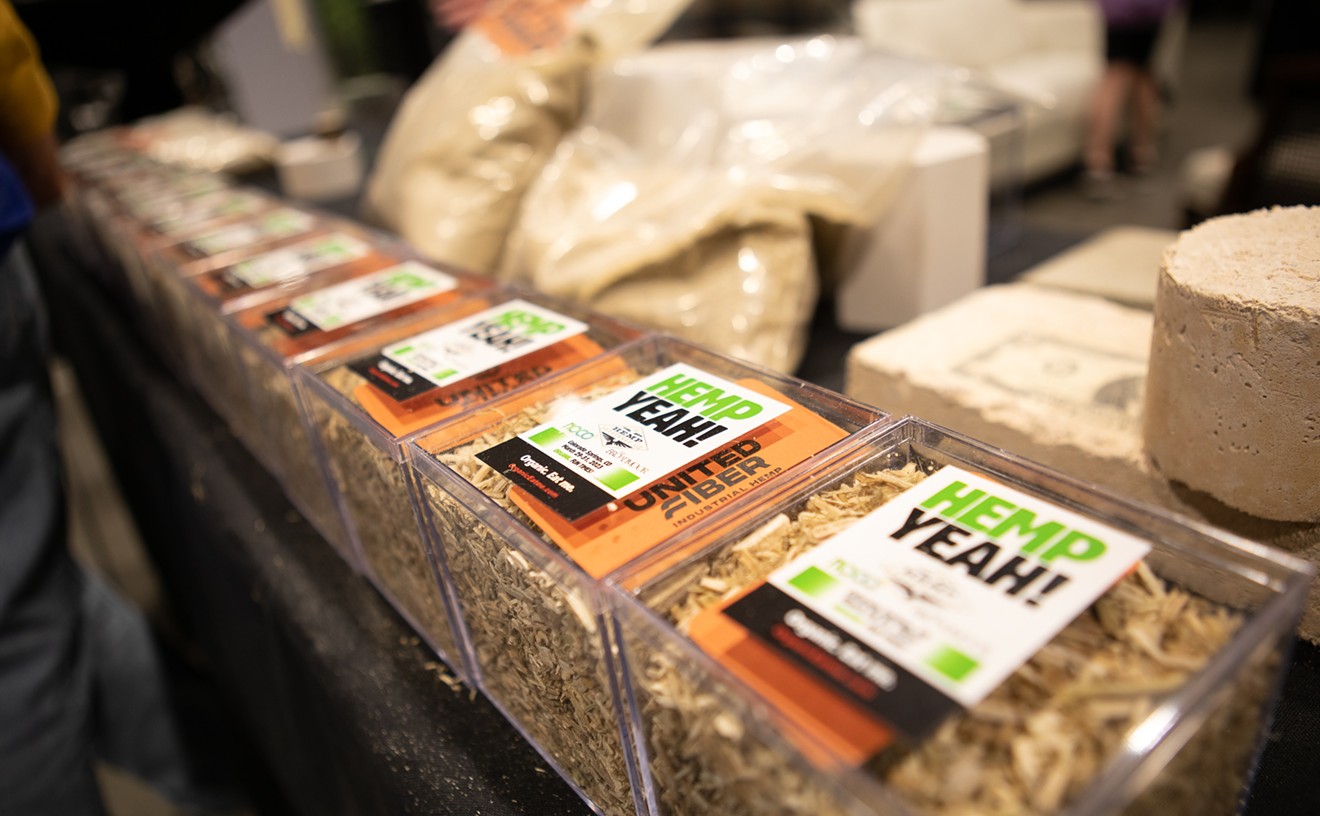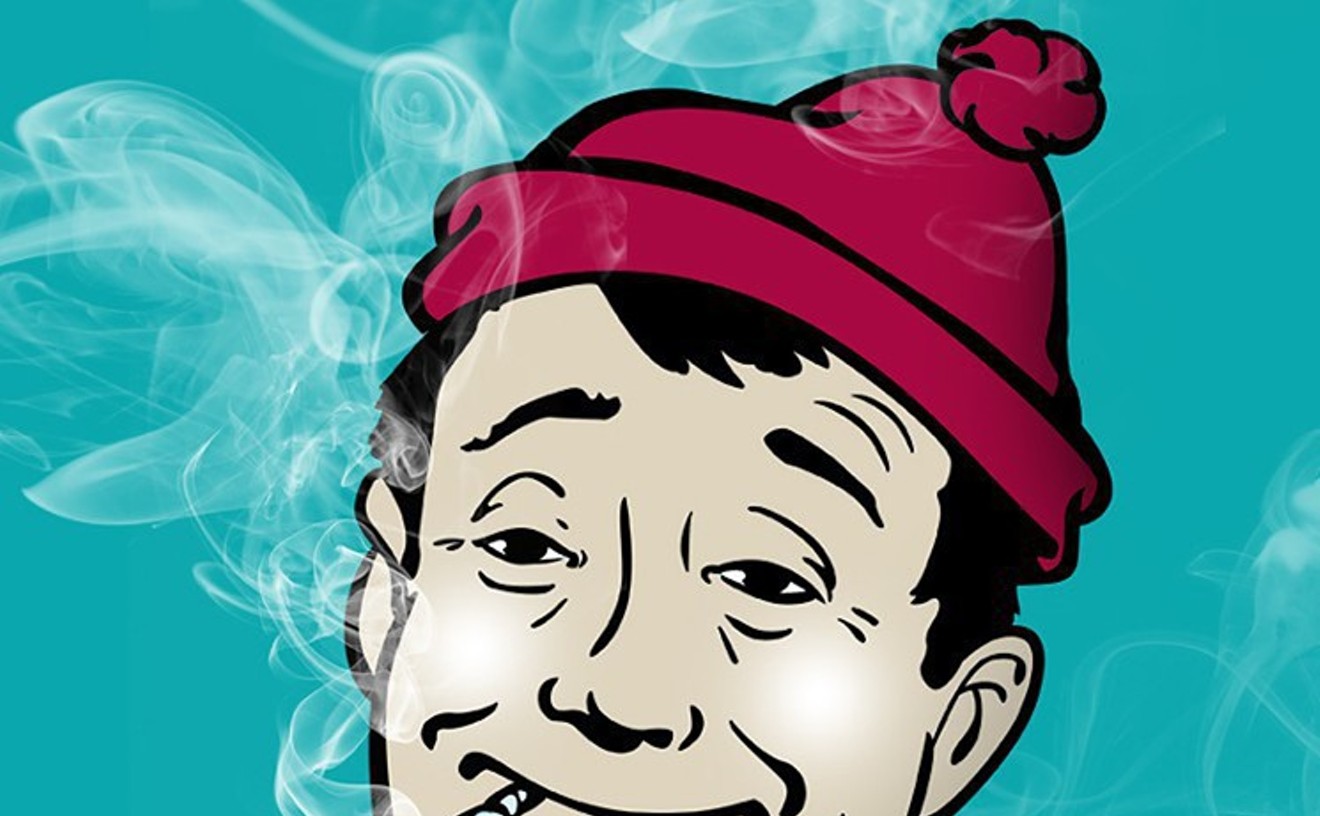I switched to a vape-only world years ago, but this past winter I woke up wheezing every morning, and my inhaler wasn’t helping nearly as much as it had in the past. So I made the decision: No more smoking.
I quit smoking cigarettes at 25, before I knew I had asthma — but I didn’t want to stop consuming cannabis for a number of reasons. The choice to eat weed instead seemed obvious, and I’ve been 99 percent free of combustion since February (I went back to my Dr. Dabber a handful of times during some extremely painful monthly cramps).
More than two months ago, I completely stopped inhaling anything that is not my asthma inhaler. Firmly on the edibles bus, I don’t see myself ever looking back at this point. Here are all the questions I’ve had to answer along the journey.
Can you still get as high?
The concept that you won’t be able to get as high with edibles is nonsense, but it does require some planning. Recreational edibles become less effective and budget-friendly over time, and your THC tolerance will eventually demand doses higher than the standard 5 or 10 milligrams. And finding the right dose is important, as going from not high enough to extremely stoned is a common mistake for newcomers.The big difference with edibles is the delay; it takes at least twenty minutes to an hour before they kick in, as opposed to the instant high from smoking. The peak is so far from your munching experience that edibles are arguably the best and truest definition of “creeper weed.” Eating an edible also lasts quite a bit longer than smoking a bowl does. You can still get as high, but a little patience is required at first. Experiment in safe situations, plan ahead, and time your consumption so the high hits when you want it.
Does it still feel the same as smoking?
Yes…and no. The body and mind lift from eating cannabis is very similar to that of smoking it, but I find that edibles highs feel a little cleaner, or less mentally foggy than smoking or vaping. In my experience, edibles also hit harder at their peak. This is why so many people struggle to make the adjustment; figuring out the appropriate dosage amount and timing so that you’re pleasantly buzzed when you want to be — but not too high throughout the day — is tricky, but very doable.I can also feel the difference between strains more when I’m eating them as opposed to vaping or smoking. I used to really enjoy smoking several indica strains in the daytime, but they completely knock me out in edible form. (Yes, I could probably make my edibles weaker, but that’s not the point.)
If your dispensary offers mix-and-match deals on flower or concentrates, then you’ll benefit from buying different strains and playing around to determine what you like best. I’m a big fan of baking with the Lemon Skunk from my go-to dispensary, which has a light flavor and smells ridiculously good infused into oil — and the high is downright euphoric. For tea, I’m quite fond of Good Chemistry’s Ingrid, a heavier indica that blends nicely with both green and white teas; Juicy Fruit Thai is another preferred tea strain, adding an almost peppery taste that is a delicious complement to a citrus green tea. Having other strains to compare and contrast against one another helped me figure out which works best for different purposes.
How much hassle is it going to be?
This all depends on how much time you have for making your own edibles. With an infusion pot (I use one very similar to this one by Haavitek, but there are others available that can even decarboxylate your flower), you can turn an ounce of average flower made up of about 15 percent THC into oil or butter infused with 4,000-plus milligrams. With infusion machines or a stovetop, this will only take a couple of hours, not counting time for butter to solidify in the fridge. Cannabis extract like shatter, wax, bubble hash, distillate, CO2 oil or rosin are also infusion options that remove the large amounts of plant matter, but they're significantly stronger, as well. The higher the THC content per gram of flower or concentrate, the more potent your cannabutter or cooking oil will be.A key step in self-made edibles is determining which foods work best for infusion. Then it's time to make the oil or the butter needed to create the meal. I buy enormous jars of coconut oil from Costco, because the saturated fat content is significantly higher than that of butter — but I occasionally want to bake things that would turn out better with butter. It depends on the week!
Because cannabis and its active ingredients are fat-soluble, the fats in food are the best vehicle for the THC and other cannabinoids like CBD or CBN in the plant. So you’ll want to make foods that already have a decent amount of oil or butter in them, which is why infused baked goods are so popular. Long-chain fatty acids, such as those found in saturated fat, are the best “carriers,” because they bind most effectively to the active ingredients in weed, making it easier for your body to absorb cannabinoids. The more saturated fat in your oil or butter, the more happily it will bind with the cannabis. That's why I like to use coconut oil, which is 80 percent saturated fat (compared to butter, which is about 60 percent saturated fat.)
I already enjoy cooking and baking as ways to unwind, so playing around in the kitchen is usually a priority of mine. I can spend a couple of hours every two or three weeks decarbing my flower and infusing oil, then store it in the fridge until I’m ready to bake with it.
If you're a regular cannabis user and don't have time to mess around in the kitchen, then switching to edibles is absolutely going to be more expensive. Recreational edibles in most states don't contain more than 100 milligrams of THC and are dosed at 10 milligrams per serving, which isn’t sufficient for many users, especially medical marijuana patients.
Do you need to adjust slowly?
Some people believe that it’s easy to switch by simply replacing one smoking session every day with an edible. This seems like reasonable advice on the surface, but it's deeply flawed at an experiential level. Remember, the onset time and sustained high of an edible are longer and can be more intense than those of smoking. Here’s what’s likely to happen in the real world:12 p.m.: Replace regular smoke session with an edible
12:05 p.m.: You don’t feel high yet
12:10 p.m.: You don’t feel high yet
12:15 p.m.: You don’t feel high yet
12:20 p.m.: You don’t feel high yet
12:25 p.m.: You don’t feel high yet
12:30 p.m.: Decide the edible was probably not super effective; smoke a make-up bowl
1 p.m.: OH SHIT HOW DID YOU GET THIS HIGH
I did not coddle myself through this experience, in part because I couldn’t. My respiratory system had made it very clear that it was not going to be inhaling cannabis, probably ever again.
And I didn’t actually find it all that hard. Although I enjoyed the high from vaping, I wasn’t super keen on the whole “cough until you’re crying” experience I was having every time, so it was no problem for me to forgo it and adjust my schedule.
If you insist on following this kind of schedule, do yourself a favor and wait at least an hour after consuming before deciding it’s not working and you need to smoke up.
What happens if you eat too much?
Can you “overdose” on edibles? Maureen Dowd might have a different opinion here, but mine is that if you’re a relatively heavy user already, the cannabis dosage that is “too much” for your system will do one thing and one thing only: give you an unplanned nap.
That can obviously be inconvenient and even dangerous, depending on what you’re doing. You definitely don’t want to get a heavy attack of the sleepies while you’re driving a car or working. But if you’re concerned that you’ll wind up in the emergency room as the result of an edibles overdose by itself, then you can probably calm down on that front — even if it feels that way in the moment.
What else should I know?
There are a few other things I’ve learned on this journey to consistent highness while maintaining an inhalation-free policy, in no particular order:Decarbing flower
Decarboxylation is a step you take before infusing oil or butter to activate the THC in cannabis. Your oil or butter will be maximally potent and delicious, as well. I find myself going back over and over again to Leafly’s decarbing guide, because I am a stoner, and remembering how hot the oven needs to be and how long the cannabis needs to be in there is hard.
Gaining weight
I’m not twenty years old anymore, so when I started adding baked goods to my daily diet, I could absolutely see it on my frame. This is an okay side effect for me — my lungs are healthier than they’ve been in years, so I’ve been able to work out more frequently and effectively to compensate, so I’m in significantly better shape now — but for those of you who are concerned about looks or weight-related health issues, this might be something to weigh (pun intended!) when deciding how to proceed.
Mixing and matching cannabinoids and other ingredients
If you’d like a little bit more bang for your buck, you might find it in nighttime gummies or other infused products that also contain melatonin and CBN in some amounts. When trying out an edible product that’s infused with more than one active ingredient, proceed with some caution; the substances may amplify each other (or even be harmful in some cases), so the odds of eating “too much” are therefore greater.
Ballparking dosages
Making edibles at home can be an inexact science. When I first started doing it, friends would ask how strong a cookie was, and I would just shrug and say "Eat at your own risk!" Lately, though, I’ve been trying to measure my extract using the THC content information provided on dispensary packaging.
To be clear, this still isn’t an exact science (the varying saturated fat content in coconut oil, vegetable oil or butter likely affects the overall potency), but it’s good enough for my amateur ass.
There are 28.35 grams in an ounce, which is equal to 28,350 milligrams. Dispensary labeling will note how much THC flower or concentrate contains by weight, so let’s use 15 percent as an example.
The formula is multiplying weight in milligrams by theTHC percentage, or 28,350 x 0.15 in this case, which gives us around 4,252.5 milligrams of THC. With my infusion equipment, I’ve found that I can infuse about two cups of baking fat — coconut oil or butter — for every ounce of flower. Most of my preferred recipes call for a half-cup of oil or butter; if you’re concerned that your edibles might be too potent, them simply use a half-and-half mix of infused and regular butter.
On a sticky note, I write down the strain and base fat I use, the total container’s volume and THC content, and my THC dosage estimation in half- or one-cup portions. With our example, a half-cup would contain 1,063 milligrams of THC, and 1 cup would contain 2,126 milligrams. So if I make a batch of ten cupcakes with a half-cup of infused butter, then I can confidently say each cupcake has about 100 milligrams of THC.
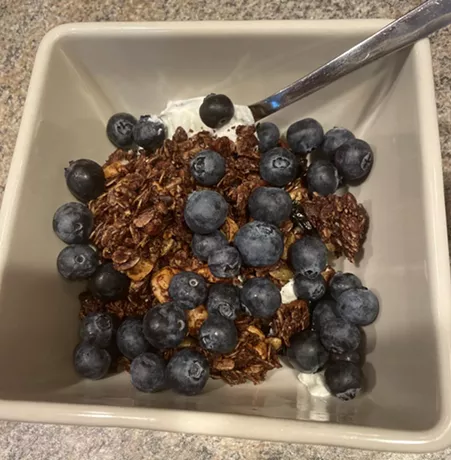
Chocolate-and-cherry granola with Greek yogurt, blueberries and about 100 milligrams of THC.
Amber Taufen
How do you find things to bake or make with infused oil? You can always hit up Westword's archives of edibles recipes or Google, but I prefer to use a recipe app or search engine for traditional cooking (I am a New York Times subscriber in part for its cooking app) and run a filtered search for the right baking fat. That is how I found and adapted the most amazing chocolate-and-cherry granola recipe with coconut oil, which is so good I can (and do) eat it every day with Greek yogurt. One serving is typically about 100 milligrams of THC, which gives me the most delicious pathway to a mellow buzz that lasts until after lunch.
Take advantage of portability
Edibles are great for picnics, purse snacks, car trips and other traveling scenarios where food is permitted and smoking or vaping are unwelcome or just plain rude. (You will also make new friends once you are known to be a human who sometimes or usually has delicious infused goodies on your person.)
Have fun experimenting
I learned recently that you can make tea with cannabis by decarbing it and then steeping it in boiling water. I’m already a tea drinker, usually consuming a cup of green or white tea in the early afternoon. Adding a tea strainer full of cannabis to my tea blend replaces the need to munch on a (high) tea cake. Cannabis tea accommodates both indica and sativa strains nicely, as well, so I’ve been able to make both daytime and nighttime brews. Gummies, tinctures, sugar, coffee and peanut butter are just some of the other ways to ingest cannabis, some of which I'll be trying soon.

